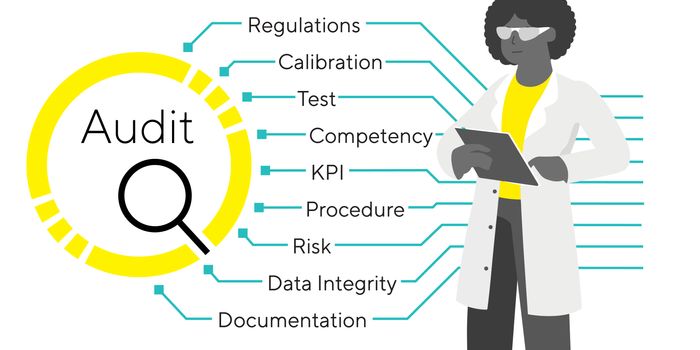The Importance of Preclinical Safety Assessments in Drug Development
Preclinical safety assessments are absolutely vital in drug development. Before a new drug can be tested in humans, it must undergo rigorous evaluation to ensure its safety and efficacy. Preclinical safety assessments are a critical step in the drug development process, helping to identify potential risks and determine the appropriate dosage and administration routes (for example: 10mg taken by mouth, 0.5mg/kg given by intravenous infusion, etc.) These assessments involve a series of tests and evaluations conducted in animals and in-vitro models to assess the drug's toxicity, pharmacokinetics, and potential side effects.
Preclinical safety assessments are done on animals or in-vitro models to understand the drug’s toxicity profile. This involves studying the drug's potential to cause adverse effects on different organs and systems in the body. By administering the drug to animals, researchers can closely monitor its effects on vital organs, such as the liver, kidneys, heart, and lungs. They also assess any potential effects on reproductive organs, the immune system, and the nervous system. These evaluations help identify any potential toxicity issues and determine the maximum tolerated dose, ensuring that the drug is safe for human use. Ultimately, the toxicity profile also allows us to understand more about the drug’s adverse effects, such as if Drug “X” can result in headaches, diarrhea, and nausea. This allows healthcare professionals and patients to be somewhat aware of any potential side effects of the drug.
Preclinical safety assessments also involve studying the pharmacokinetics and pharmacodynamics of the drug. This includes evaluating how the drug is absorbed, distributed, metabolized, and eliminated within the body. Researchers assess the drug's bioavailability, its ability to reach the target site of action, and its interactions with other drugs or substances. Understanding the drug's pharmacokinetic profile is crucial for determining the appropriate dosage, formulation, and administration route for clinical trials.
Preclinical safety assessments play a vital role in drug development by providing critical information about a drug's safety, toxicity, pharmacokinetics, and potential side effects. These assessments help identify potential risks, determine appropriate dosages, and guide the design of clinical trials.
References:
https://www.fda.gov/patients/drug-development-process/step-2-preclinical-research
Steinmetz KL, Spack EG. The basics of preclinical drug development for neurodegenerative disease indications. BMC Neurol. 2009;9 Suppl 1(Suppl 1):S2. Published 2009 Jun 12. doi:10.1186/1471-2377-9-S1-S2








